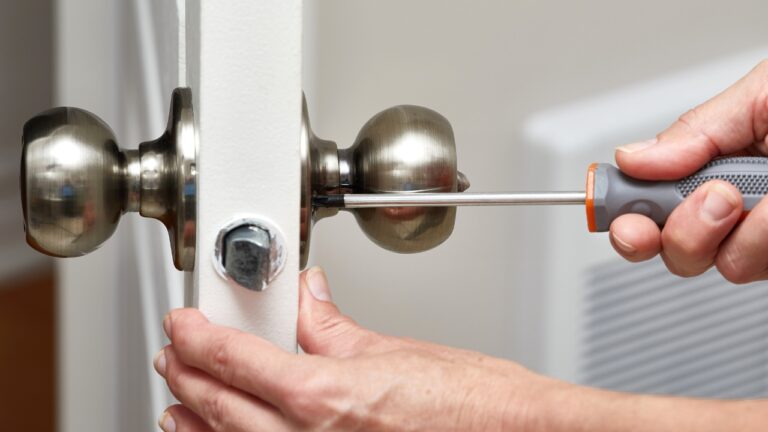How to make your house survive the next outage (and you stay comfortable)
When the power goes out, comfort disappears fast. You can’t cook, the house gets cold, and even basic things like making coffee or keeping food fresh become a challenge. Most people don’t realize how unprepared their homes actually are until it happens.
Getting ready now means you won’t be scrambling next time — and you’ll be a lot more comfortable while everyone else is struggling.
Start with backup power
A generator is the first thing that keeps a house running during an outage. If you can, get one that can power essentials like your fridge, heater, and lights. Whole-home generators are great, but even a smaller portable model can make a big difference. Just remember to run it outside and keep extra fuel on hand — stored properly and stabilized. If you don’t have a generator, consider a power station for smaller items like phones, routers, and lamps.
Keep your heat where it belongs
Most homes lose heat faster than you think when the power goes out. Before winter, check insulation, weatherstrip your doors, and seal any drafty windows. Thick curtains or even blankets over windows can help trap warmth. If you’re using a wood stove or fireplace, close off rooms you’re not using so the heat stays concentrated. You can also hang a blanket over open doorways to keep the warm air where you are.
Make your kitchen outage-ready
You’ll want food that doesn’t require cooking or refrigeration. Stock up on shelf-stable meals — canned soups, pasta, nut butters, and protein bars go a long way. A propane or butane camp stove can make life a lot easier too, as long as you have proper ventilation. Freeze a few water bottles ahead of time; they can keep food cold longer and provide drinking water as they melt.
Protect your water supply
If you rely on a well pump, no power means no water. Having stored water — even a few gallons per person — helps with both drinking and basic hygiene. You can also fill bathtubs before a storm hits for flushing toilets or washing up. If you live in a rural area, consider a hand pump or generator hookup for your well.
Light up the essentials
Good lighting makes a world of difference during an outage. Keep flashlights and headlamps in easy-to-find spots, and store extra batteries where everyone can reach them. Battery-powered lanterns work well for lighting rooms safely, and solar garden lights can double as nightlights inside. Avoid relying on candles if you have kids or pets — battery lights are much safer and last longer.
Keep your devices alive
Power banks are cheap and worth having. Fully charge them when storms are in the forecast. If you have a power station or inverter, use it to recharge your phone or tablet once a day. Turning devices to low-power mode or airplane mode when not in use helps stretch your charge longer.
Don’t forget warmth and comfort
When it’s cold, layer up instead of relying on one big blanket. Wool socks, beanies, and thermal clothing make a huge difference. Keep sleeping bags or heavy comforters where they’re easy to grab. If you live in a region that regularly freezes, a backup heat source like a wood stove or kerosene heater (used safely and with ventilation) can keep you comfortable longer than electric space heaters ever could.
Prepare before it happens
Most of the comfort in a power outage comes from planning ahead. Keep fuel rotated, batteries stocked, and flashlights where you can find them in the dark. Run your generator once a month to make sure it still starts, and check that your extension cords and safety gear are ready.
When the next outage hits, you’ll be able to focus on staying comfortable instead of panicking. A little preparation now can make the difference between getting through it easily or sitting in the dark wishing you had.
Like Fix It Homestead’s content? Be sure to follow us.
- I made Joanna Gaines’s Friendsgiving casserole and here is what I would keep
- Pump Shotguns That Jam the Moment You Actually Need Them
- The First 5 Things Guests Notice About Your Living Room at Christmas
- What Caliber Works Best for Groundhogs, Armadillos, and Other Digging Pests?
- Rifles worth keeping by the back door on any rural property
*This article was developed with AI-powered tools and has been carefully reviewed by our editors.







